Oriental Rugs from Canadian Collections
From Ashgabat to Istanbul opens at the Textile Museum of Canada, Toronto 8 October 2014 to 19 April 2015. The following is taken from an overview of the exhibition by the Curator, Natalia Nekrassova, read it in full in HALI issue 181. In From Ashgabat to Istanbul the Textile Museum of Canada showcases some of the finest rugs held in the country’s collections. As curator of the exhibition I have chosen seventy-five rugs from East, Central and West Asia from the collections of the TMC, the Art Gallery of Ontario and the Nickle Galleries in Calgary, as well as twenty-seven private owners from Alberta, British Columbia, Ontario and Quebec.
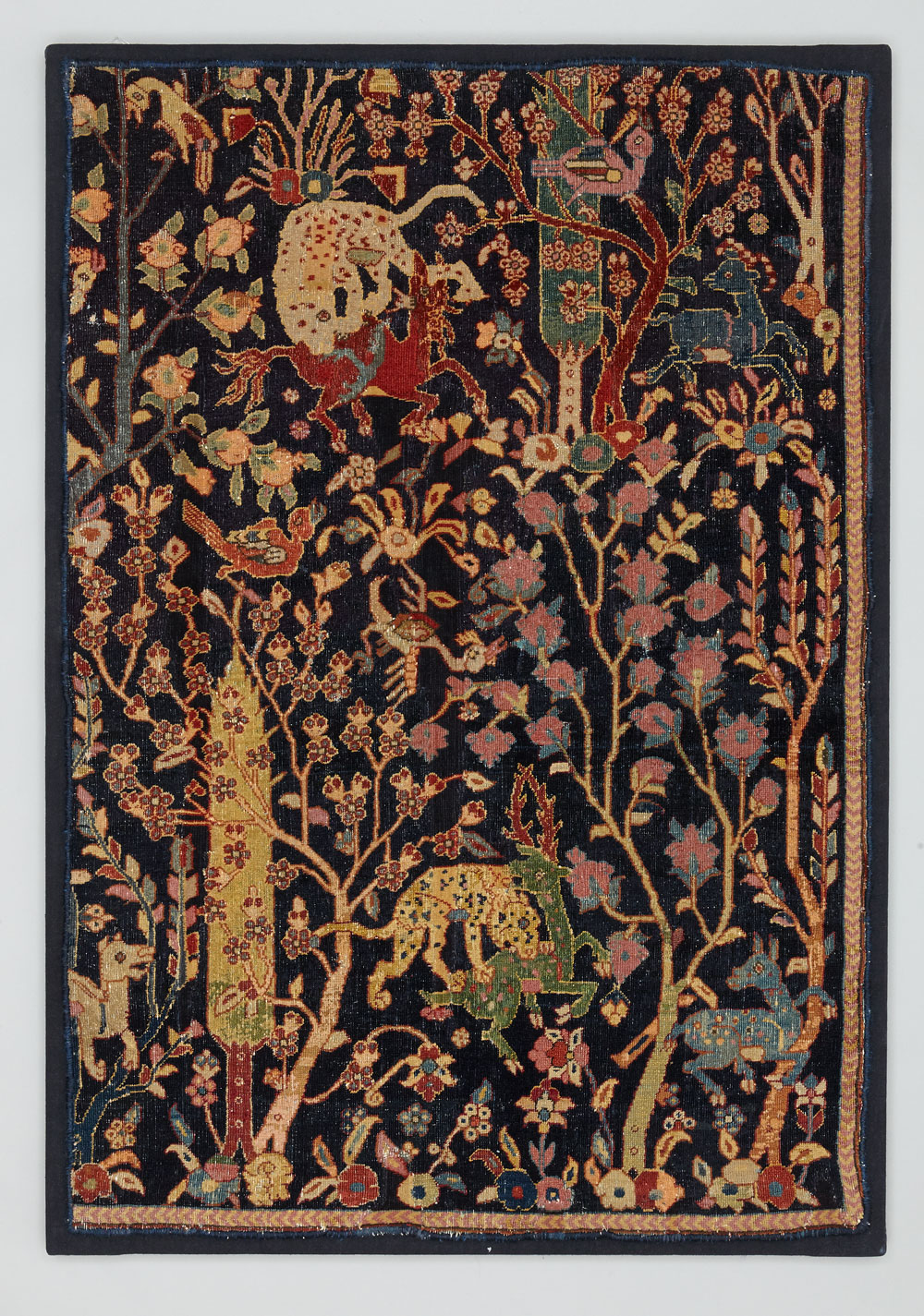
Rug fragment, Northwest Iran, Tabriz, 17th century, Cotton, wool; knotted pile, 120 cm x 80 cm, Marshall & Marilyn R. Wolf Collection, Toronto, Ontario
The show demonstrates the great range of oriental weaving culture represented by court, urban, village and tribal rugs. At the same time it traces Canadian social history as reflected in rug collecting practices in Canada in the late 20th and early 21st centuries. The rugs in ‘From Ashgabat to Istanbul’ come from a vast territory across East, Central and West Asia. The geographic range is actually broader than stated in its title and spreads from Cairo to Khotan; the time span covers about 500 years of rug history. Rugs of all types, and all levels of organised production are represented: rugs made in court and in urban workshops, by nomads in the steppes and deserts of Asia, as well as village production and cottage industry. The exhibition is divided into sections and includes rugs from Turkey, Iran, the Caucasus, Central Asia and Chinese Turkestan; a Mamluk rug on loan from the collection of the Art Gallery of Ontario is the only example of this distinctive group of rugs in a Canadian public institution. There are twenty rugs from Iran, among them a rare and beautiful fragment of a 17th-century Safavid rug from the Wolf Collection (HALI 180, p.29), probably the only example of this type in Canada.

Central Anatolian prayer rug, Konya area, 19th century. Wool, knotted pile, 1.14 cm x 1.97 cm (3′ 9″ x 6′ 5″). Ed and Joan Safarian Collection, Toronto, Ontario
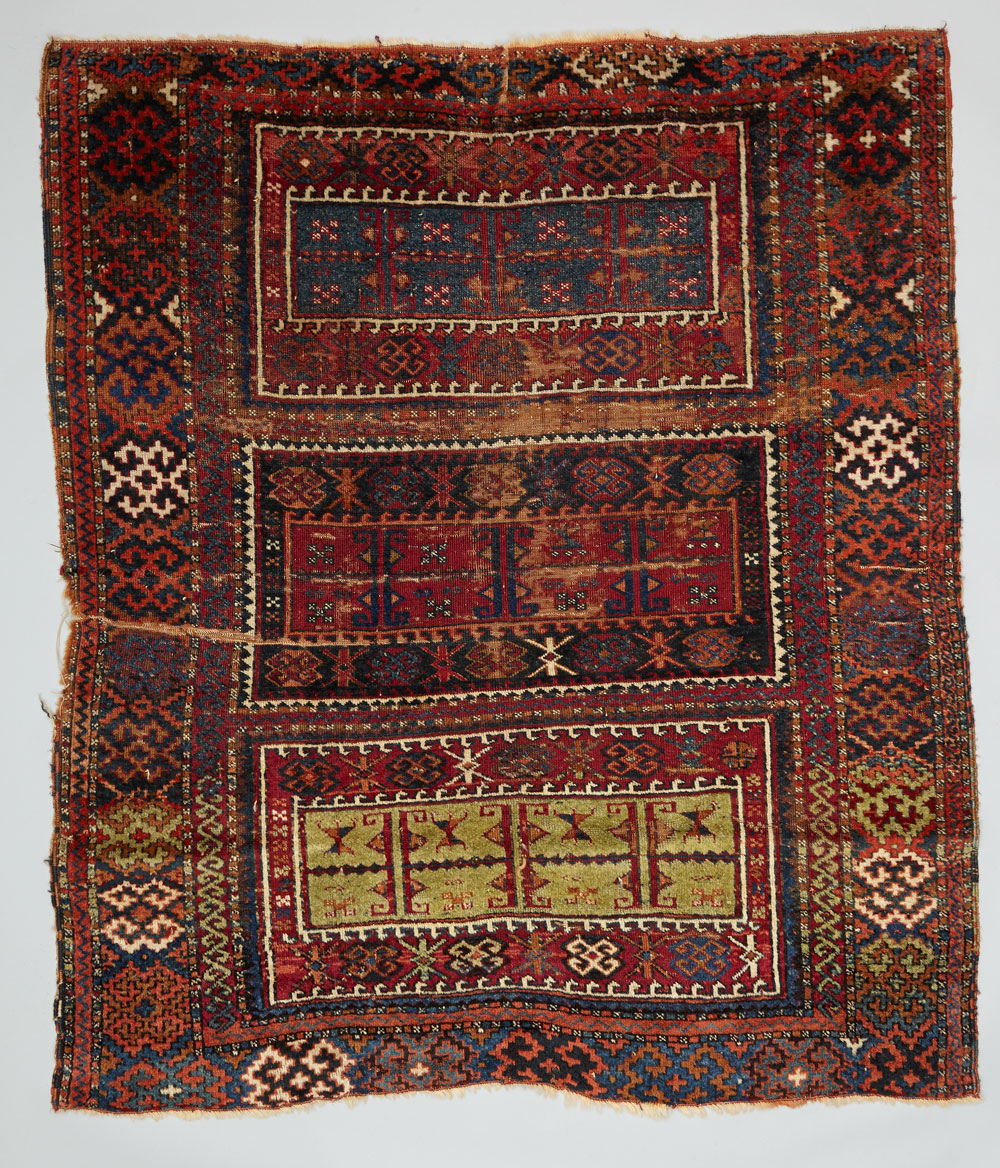
Rug, Turkey, late 19th century, Wool; knotted pile, 150 cm x 128 cm, Bruce Young Collection, Montreal, Quebec

Kurdish Vagireh, Bijar, Iran, early 20th century, Wool; knotted pile, 165 cm x 105 cm, James and Katharine Green Collection, Markham, Ontario
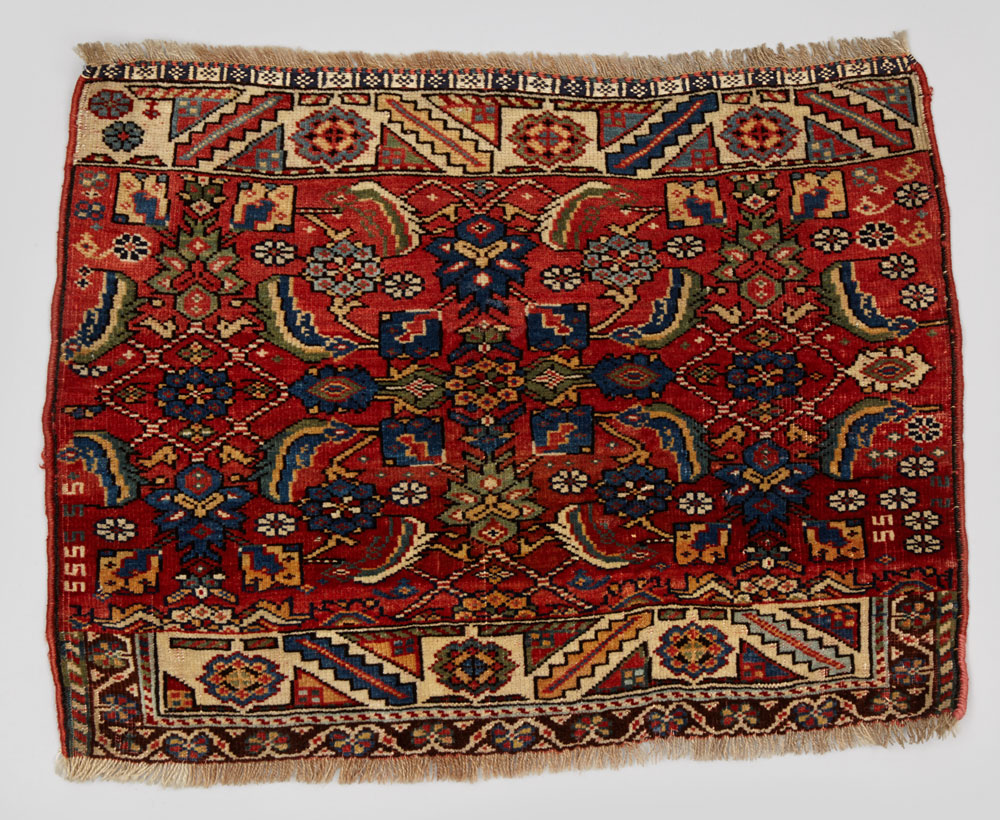
Qashqa’i Vagireh, Iran, early 20th century, Wool, cotton; knotted pile, weft-float, 53 cm x 70 cm, Jean Landa Collection, Calgary, Alberta
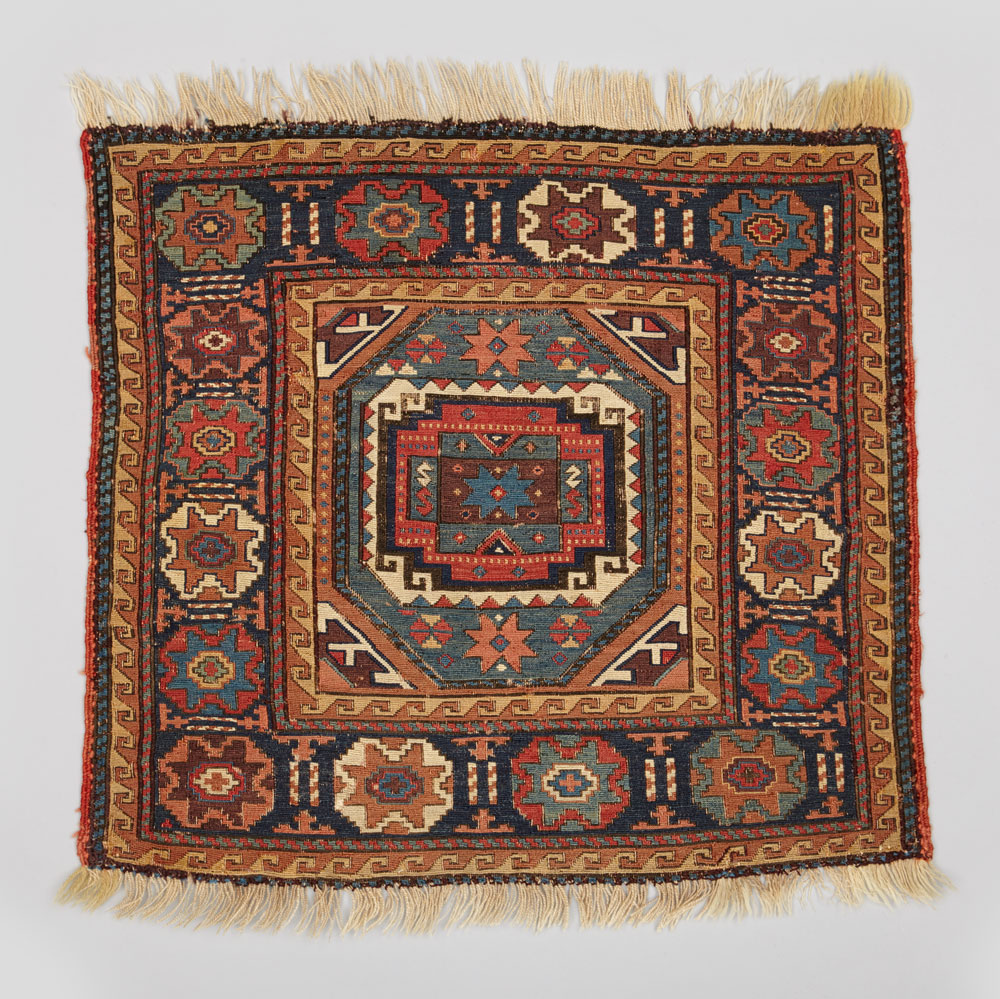
Shahsavan sumakh bag face, northwest Persia or Azerbaijan, 19th century. Wool; supplementary weft, 0.67 m x 0.63 m (2′ 2″ x 2′ 1″). David J. Brown Collection, Vancouver, British Columbia
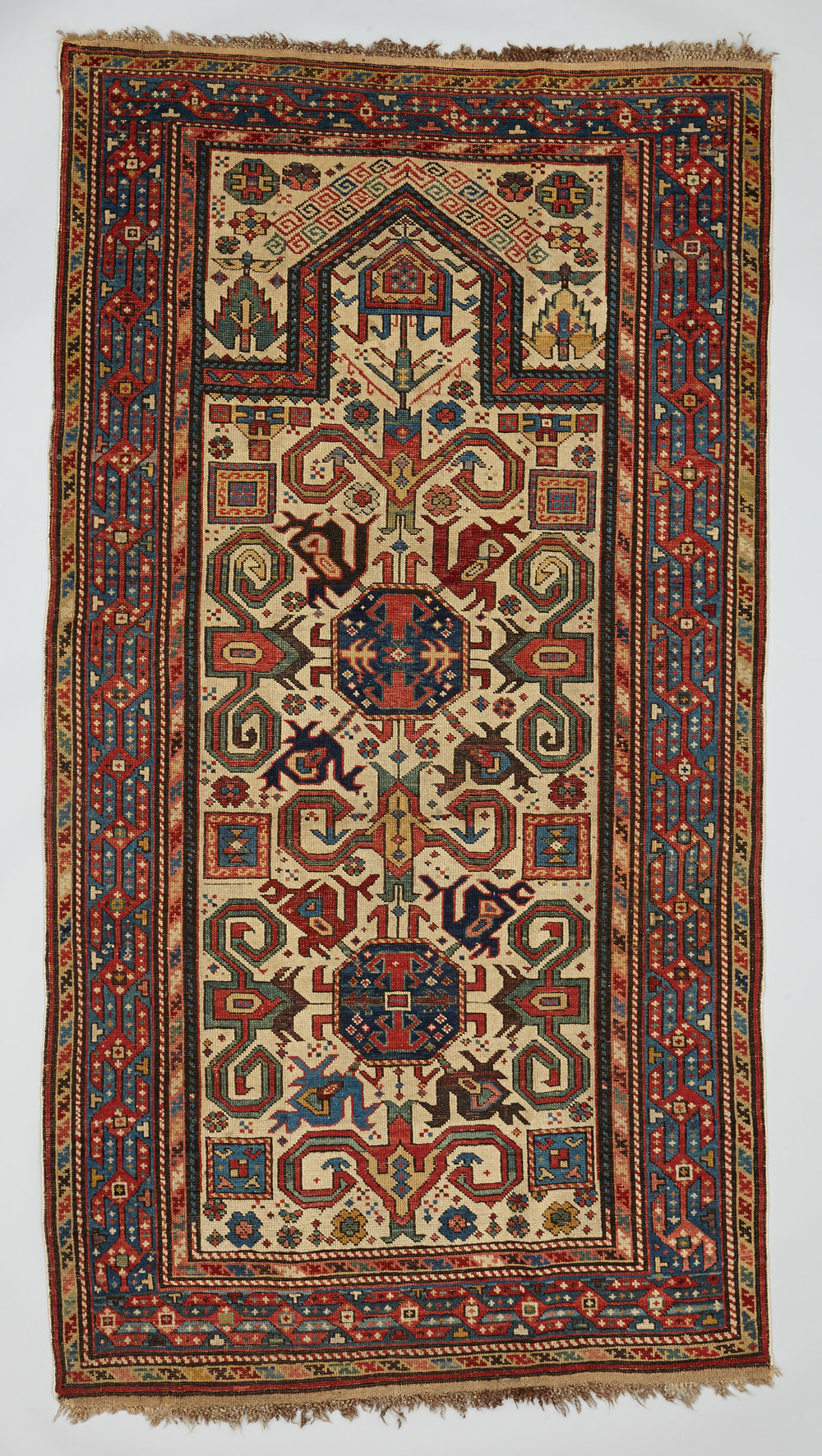
Perepedil Prayer rug, Shirvan, Azerbaijan, 19th century, Wool; knotted pile, 192 cm x 103 cm, Ross Winter Collection, Toronto, Ontario

Kirghiz reed screen, Central Asia, early 20th century. Reed, wool, silk, metal thread; wrapped, tied; 2.42 m x 1 72 m (7′ 11″ x 5′ 8″). Marshall & Marilyn R. Wolf Collection, Toronto, Ontario


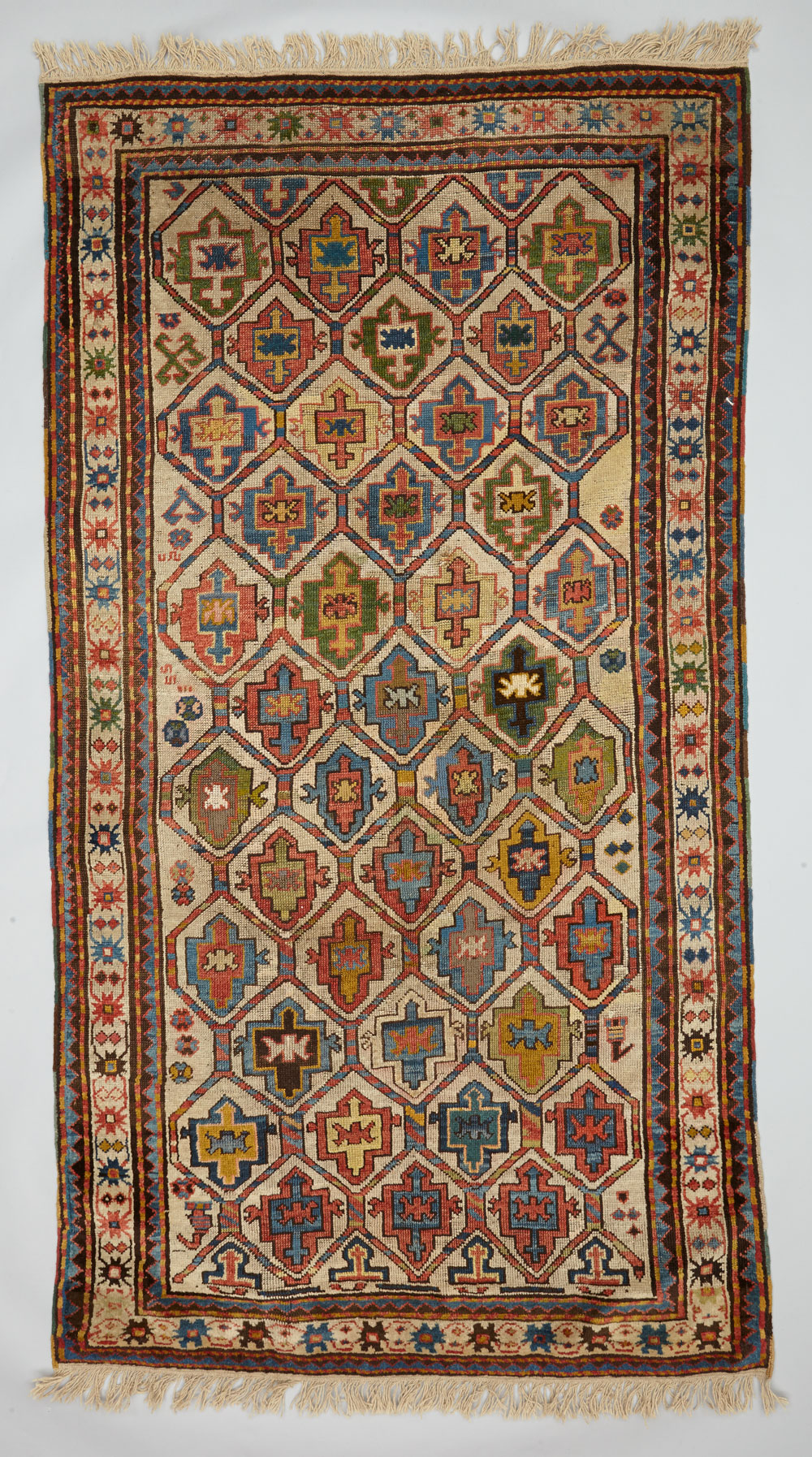
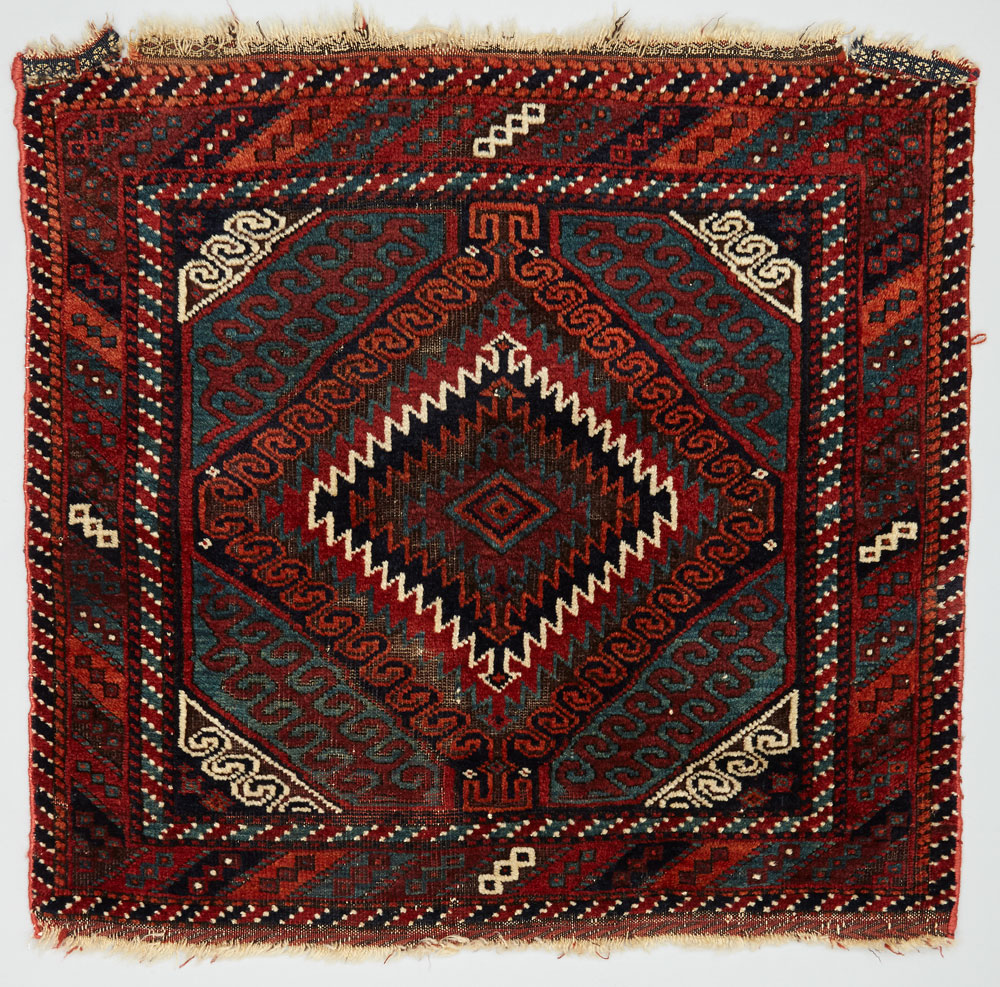
























Comments [0] Sign in to comment